This post is part of our Walk This Way series, designed to share The Walking Classroom experiences of teachers and students across the United States. This post provides a glimpse into Amy Schott’s class.
Hello! Welcome back to my fifth grade Walking Classroom! Does sequence matter? Should I have a specific order or specific ones I get done by certain benchmarks? Those are questions teachers ask themselves all day, every day, about everything we teach.
Does Podcast Order Matter?
Thankfully, The Walking Classroom does not add to our teacher stress plate. You need not follow a specific order (at least not after the first few lessons!). Your sequence is right.
There is no set number of podcasts you need to finish. Extra exercise while students learn in a different format is the goal. By listening and walking, you meet it. As strange as it is for a teacher to say, DON’T WORRY ABOUT PACING!
Picking a Podcast
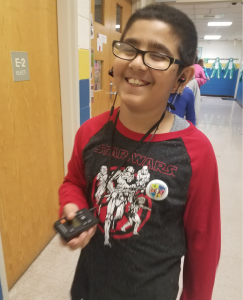 So many podcasts, so little time! I love the variety of the podcasts that Mrs. Fenn has recorded. Sometimes, the connection to what I am doing is very obvious — Idioms (Combined-#3, 4-#7, 5-#3), Emancipation Proclamation (Combined-#86, 5-#57), or Deserts of the World (Combined-#139,5-#73, STEM-#20), for instance.
So many podcasts, so little time! I love the variety of the podcasts that Mrs. Fenn has recorded. Sometimes, the connection to what I am doing is very obvious — Idioms (Combined-#3, 4-#7, 5-#3), Emancipation Proclamation (Combined-#86, 5-#57), or Deserts of the World (Combined-#139,5-#73, STEM-#20), for instance.
For some topics, I use the podcast as the introduction to the topic. This allows the kids who usually start a lesson confused to have a bit of background knowledge and feel “in the know” when the lesson begins. By the second time we listen to a podcast, students have had some direct instruction, so they can pick up more details.
Connecting to Curriculum
I have photocopied the table of contents from the lesson plan binder. On my copy, I take notes as to which podcasts directly correlate with topics I teach, making sure I use them each year. I also check off when I have used a podcast so that I don’t have trouble remembering if I used it with this class or last year’s group.
Sometimes when I look through the list, I don’t see a direct correlation to a lesson. Don’t despair — you still have two options!
One is to make a connection for students with historical background for a lesson. While not tested material, it will help students better understand the context of what is graded. For example, while we read Esperanza Rising in class, we listened to Dust Bowl (Combined-#117, 5-#88). This helped my students understand why the “Okies” were moving to California. It also led into a rich discussion!
The other option is to just have fun! Pick a topic your students may not know a lot about — Dr. Roland Kays, Zoologist (4-#99, 5-#105, STEM-#56) or Statue of Liberty (Combined-#75, 5-#65), and go for it! You never know what they will be expected to read about on a test or asked to learn in the future, so background knowledge never hurts.
. . . or Have Students Select!
I have even let the kids pick before! Put a few topics on the board and either let them vote with the majority winning, or let them pick which they individually would like to listen to that day. You may discover a curriculum connection you can note for next year or you might stir interest in a topic for a future scientist or humanitarian!
All of the podcasts have been created by an educator and vetted by other educators, so you do not have to worry about something being inappropriate. Pick one, get started, and take notes. Each year, your familiarity with podcasts will grow. Happy Trails!
Amy Schott
Fifth Grade Teacher
Fox Road Magnet Elementary


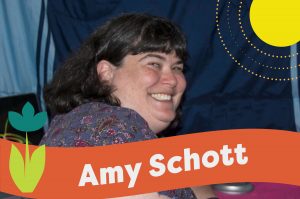
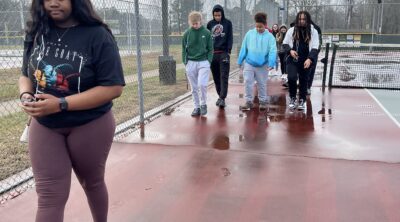
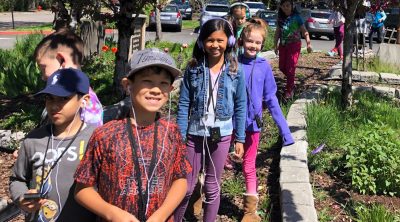
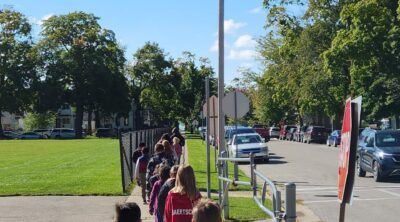
Leave a Reply